Soft skills are personal attributes that enable someone to interact effectively and harmoniously with other people.
Soft skills have many names: transversal skills, 21st century skills, non-cognitive skills, essential skills, intra- and interpersonal skills. They are human skills: subjective in nature and intangible, difficult to describe, quantify, identify and are hardly taught in classrooms.
Soft skills are evident in attitudes and responses to different situations. Having certain soft skills well-developed may facilitate career progression and give individuals more opportunities than usual.
Let's look at an example of communication, which is one of the soft skills. One element of skilled communication is an efficient use of voice. You may have noticed a situation in which someone possibly had a negative or sarcastic attitude while saying something and the whole pleasant atmosphere collapsed. In contrast, you might have also witnessed a moment in which a person used a positive and friendly attitude and tone of voice to change a negative situation and atmosphere. The tone of voice conveys our emotion, and a skilled communicator knows how to consciously modify their voice to create a desired atmosphere.
Although subjective, soft skills are often approached from an objective perspective, which creates a subtle dissonance. By integrating embodiment and somatic concepts into learning tools, MOSS offers an innovative solution for developing soft skills.
People from certain professions that are more embodied, such as dancers or actors, are known to have a high level of certain soft skills. Through this Mapping Tool and Embodied Soft Skills Training, developing these skills is accessible, without taking theatre or dance classes.
Below you will find a brief review, with our interpretation, of each soft skill we focus on. We encourage you and your trainees to shape your own understanding of each skill. This reflection can be an important part of the whole learning process.
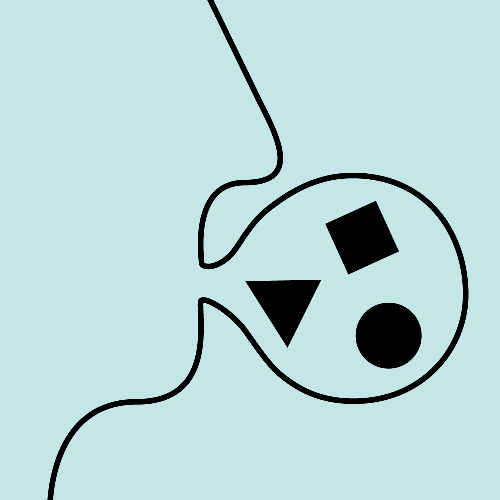
Communication

is a process of information exchange, or more broadly, creating and exchanging meaning. Successful communication requires the ability to adapt to the listener, as well as actively listen, stay connected and interested in the partner. Communication also entails readiness to be seen, heard and express oneself. All kinds of movement practices that take place in pairs or groups usually require communication and negotiation, creating a space where a person can explore his or her own communication challenges and learn to address them better.
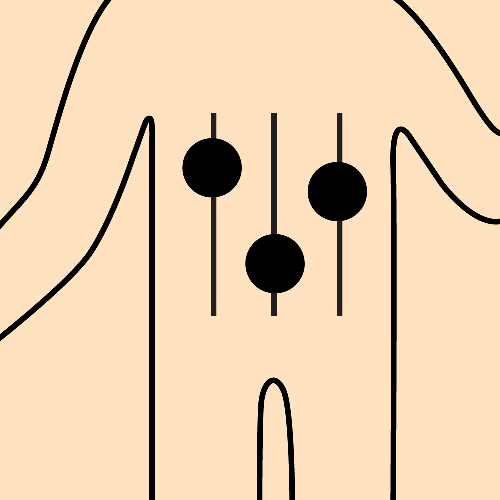
Self-regulation

is the ability to manage emotions, impulses, energy, inner resources from within. It is responsible for keeping a healthy balance, which is expressed for example in the ability to take care of oneself in a relevant manner. Strategies for self-regulation may involve taking a pause between impulse and action, or learning to set boundaries. Going for a long distance hike might be a simple way to discover the power of the body to teach us to regulate ourselves, as it requires us to deal with tiredness, pain and lack of motivation, manage energy to be able to reach the destination or find the courage to stop the walk and admit our boundaries.
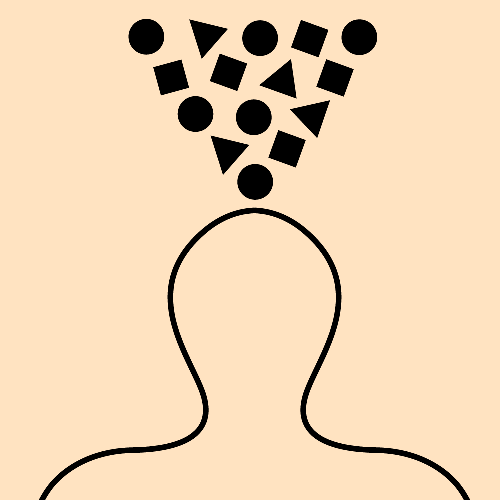
Creativity

is a cognitive process, which leads to new, original ideas, concepts, definition of the problems and their solutions. An essential element of the creative process is the ability to perceive the world in new ways, transcend habitual ways of thinking or acting. It may be seeking new combinations, making connections between seemingly unrelated phenomena, finding hidden patterns and noticing new relationships among objects or concepts. In a narrower sense creativity can be defined also as an expression of ideas, imagination, experiences and emotions in a range of arts, and that we can practice through moving, dancing, building, crafting and other activities.

Adaptability

is an ability to change in different circumstances, while staying functional. Change often goes hand in hand with ambiguity, which makes uncertainty tolerance an important element of adaptability. Adaptability also requires the ability to see different options for course of action. It might require us to let go of certain expectations and stubbornness. Bodily practices such as improvisation and bodywork offer us plenty of different contexts where we can learn to listen, to act in ambiguous situations, adapt to our partners or certain movement possibilities and limitations.

Learning Ability

is the skill to comprehend, to understand and gain from the experience. It requires awareness of one’s learning process, preferences and needs. A good learner knows different learning strategies, recognises learning opportunities and is able to choose most suitable methods and tools. The ability to learn also includes evaluating one’s own work and identifying the need to seek support. Somatic approach can help us to discover the joy of learning through play and from mistakes, and give us courage to jump into the unknown and uncomfortable - as starting a new movement practice often requires a good amount of stretching your comfort zone, physically and mentally.
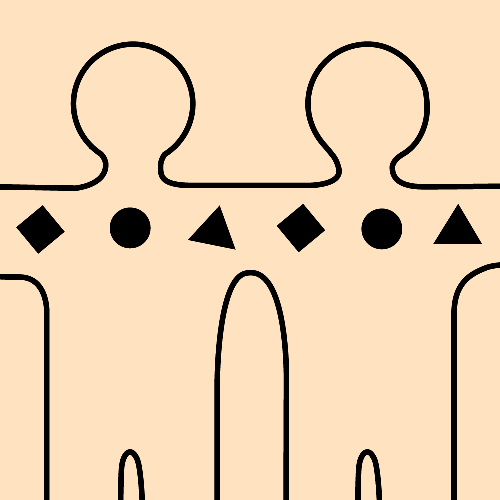
Teamwork

is working together to achieve a shared goal. Skilful team member contributes actively to team tasks, knows how to clarify roles and responsibilities in the team, promotes communication among team members and requests and offers support when needed. Important elements of teamwork are the ability to manage disagreements constructively and being aware of the team processes. Many traditional team building activities are based on tasks that require physically supporting each other, achieving together something we can’t do alone. Trying out partner acrobatics, learning massage techniques together or playing team sports can be a great starting point to become more skilled in teamwork.
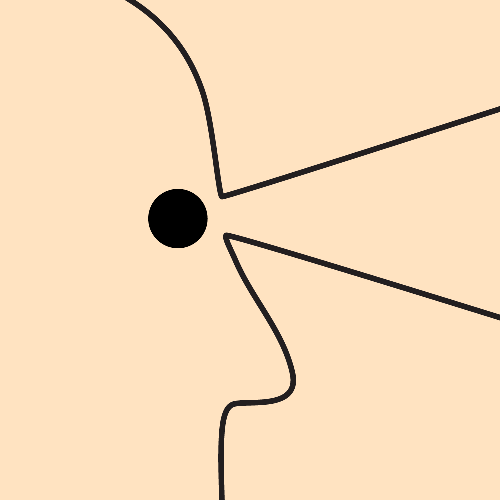
Leadership

is the ability to turn an idea or a given goal into concrete actions in a team. Leading implies a direction towards the set goal and it is the leader’s task to ensure that goal is being reached. Leadership entails visioning, setting goals, instructing, serving, encouraging, taking responsibility, managing, facilitating and making decisions to name a few. With the help of movement activities we can explore different leadership styles and develop our authentic approach. We can become more aware of our behaviours, strengths and weaknesses as leaders, and we can experience those moments of being seen, taking space and empowering others to take space.
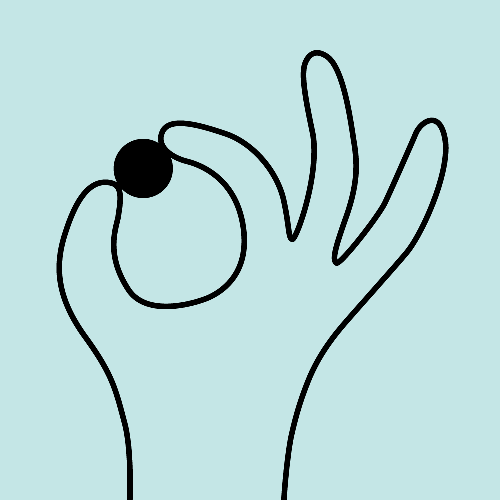
Attention and Focus

is the ability to shut out distractions and concentrate on a target stimulus - aim, task or a project - for any period of time, as well as the ability to recover quickly from a distraction or disruption. On a bigger scale, it is also the ability to define what is necessary and what is not relevant for any kind of work. While human average attention span is declining, the ability to focus is required more than ever. Attention has become one of our most valuable resources. Practices such as body scans and meditation teaches us to remain present with ourselves, others and environment, providing a powerful training of our skills to focus.